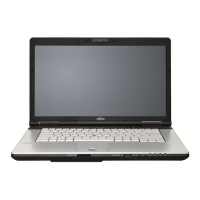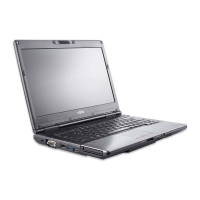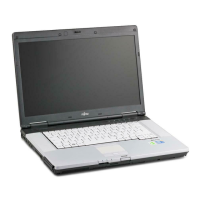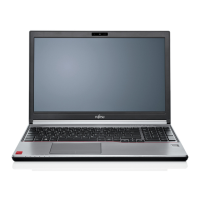Why is my Fujitsu LIFEBOOK E754 external monitor blank?
- SSonya RiveraAug 13, 2025
If your Fujitsu laptop's external monitor remains blank, consider the following: * Ensure the monitor is switched on. * Power saving mode might be activated. Press any key to continue. * The brightness might be set too low. Adjust the brightness. * The screen output could be set to the laptop's LCD screen. Use the appropriate key combination to switch the output. * The power or data cables might be improperly connected. Turn off both the monitor and laptop, check the cable connections, and then turn them back on.








